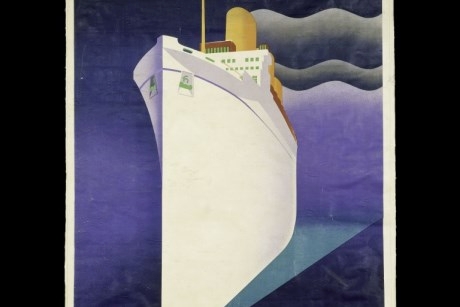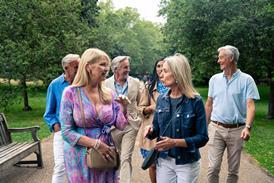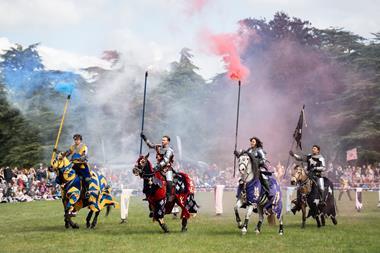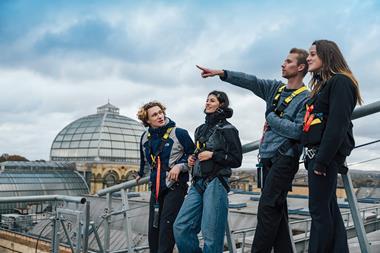
The Victoria & Albert (V&A) Museum in London has officially opened its latest exhibition, Ocean Liners: Speed and Style.
Groups visiting the displays can discover the design stories of the world's greatest ocean liners, including the Titanic, Normandie, the Queen Mary and the Canberra, plus find out how these vessels helped shape the modern world.
Sponsored by Viking Cruises, Ocean Liners: Speed & Style will run at the V&A until 10th June in Room 39 and the North Court.
Step back into the golden age of cruising
Over 250 objects, including paintings, sculpture, and ship models, are displayed in the Ocean Liners exhibitions. There are also objects from shipyards, wall panels, furniture, fashion, textiles, photographs, posters and films.
Groups will get to see objects never displayed in Europe before and learn about the vessels that ‘revolutionised’ ocean travel from the mid-19th century to the late 20th century.
The exhibition will shine a spotlight on ocean liners including Brunel’s steamship, the Great Eastern, Kronprinz Wilhelm, Titanic and its sister ship Olympic, as well as the Queen Mary, Normandie, and the streamlined Modernism of SS United States and QE2.
From ground-breaking engineering, architecture and interiors, to the fashion and lifestyle aboard, the exhibition will explore all aspects of ship design, re-imagining the golden age of ocean travel.
Ghislaine Wood, exhibition curator, said: “The great age of ocean liners has long passed but no form of transport has been so romantic or so remarkable. Three years in the making, this exhibition will show how liners have shaped the modern world in many ways.”
Group visits
Advanced booking is advised for a group visit to Ocean Liners: Speed & Style, which can be done in person at the museum, online, or you can also call 0800-912 6961.
For more information, visit www.vam.ac.uk/oceanliners.
Pictured: Empress of Britain colour lithograph poster for Canadian Pacific Railways, J R Tooby, London, 1920-31. (Photo credit: Victoria and Albert Museum London).












